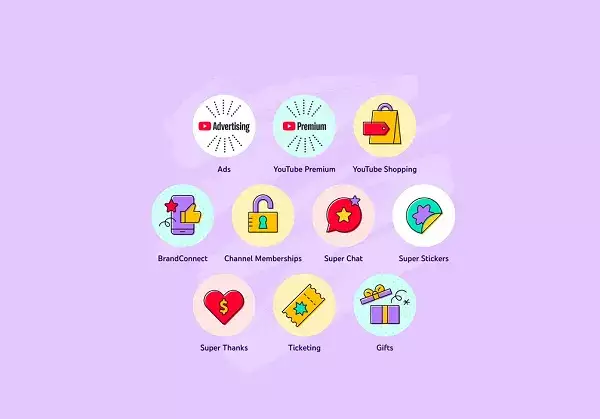YouTube has long been a platform where artistic expression meets financial opportunity, but the dynamics of monetization are ever-evolving. In an era where attention is currency, creators are faced with numerous pathways to turn their passion into profit. As YouTube continuously refines its monetization offerings, it becomes imperative for creators to be informed of all available avenues. Let’s delve into the multiple monetization strategies YouTube has developed, and understand how they can align creative endeavors with profitability.
Understanding YouTube’s Monetization Mechanisms
At the core of YouTube’s monetization strategy lies the YouTube Partner Program (YPP), which provides creators the ability to earn money through in-stream ads. This conventional method allows advertisements to play before or during videos, which serves as a reliable revenue source for many creators. YouTube has improved ad placement controls, giving creators greater oversight over where these ads appear, thus enhancing viewer experience while maximizing revenue potential. However, one has to ask—does the reliance on ads dilute the authenticity of the content? When views mean dollars, the line between integrity and commercialism can often blur.
YouTube’s Premium Experience: A Double-Edged Sword
YouTube Premium offers an ad-free viewing experience, appealing to users who want uninterrupted access to content. The interesting caveat here is that a significant portion of the revenue generated from YouTube Premium is funneled back to partnered creators. This symbiosis benefits those who produce quality content that attracts subscribers. Moreover, YouTube is venturing into Premium Lite—a less expensive, ad-free alternative—creating diversified revenue streams. While this initiative shows promise, one must ponder if a subscription model can thrive in a landscape crowded with free content.
Innovative Revenue Streams: Shopping and Brand Partnerships
YouTube Shopping epitomizes the platform’s knack for blending content and commerce. Creators can seamlessly tag products within their videos, including Shorts, enhancing user engagement while providing a cut from sales. This not only opens up monetization opportunities but also enriches the viewing experience, blurring the lines between entertainment and shopping. In conjunction, YouTube BrandConnect has emerged as a crucial tool for creators, connecting them with brands for promotional opportunities, even extending into Shorts.
This growing intersection of content and commerce poses a thought-provoking question: does the pursuit of profit compromise the authenticity of creative expression? It’s a delicate balance that creators must navigate, recognizing that they may be seen not just as artists but as influencers and marketers.
Interactive Donations and Fan Engagement
In striving to empower creators, YouTube has introduced various interactive features such as Super Chat, Super Stickers, and Super Thanks. This suite of options allows fans to engage more deeply with creators during live streams, providing financial support for their content. While these tools serve as a direct line of communication and appreciation between creators and their audience, they also raise ethical considerations. Should creators feel the pressure to deliver content that constantly entertains or provokes donations? When financial support is quantified by engagement tactics, the quality of content can suffer.
Additionally, there’s the Ticketing feature that allows fans to purchase concert tickets directly through the platform, creating a streamlined experience for music enthusiasts while boosting revenue for artists. This is a pragmatic approach—merging the entertainment sector with digital innovation, albeit straying from traditional ticket sales methods.
The Advent of Gifts: A Digital Token of Appreciation
In a recent development, YouTube has introduced virtual gifts, allowing fans to express their appreciation for creators through meaningful digital tokens. While reminiscent of Super Chat, these gifts provide a more visually appealing method for fan engagement. This feature embodies the modern interplay of community and commerce—creators can thrive financially while cultivating a loyal fan base.
However, the motivation behind these interactions can become complex. Are fans motivated by the intrinsic desire to support creators, or do they seek recognition through visible gestures? The commodification of appreciation can lead to disturbing implications regarding the motives behind both gifting and artistry.
When framed through the lens of capitalism, YouTube’s expansive monetization strategies serve as a reminder that while financial success is achievable, creators must remain vigilant in protecting their artistic identities. In this multifaceted relationship between creators and the platform, one must actively think about the implications of monetization on their authenticity and passion. In a world where revenue takes precedence, the challenge remains—how can you sustain your artistry while still capitalizing on the monetization opportunities available?

